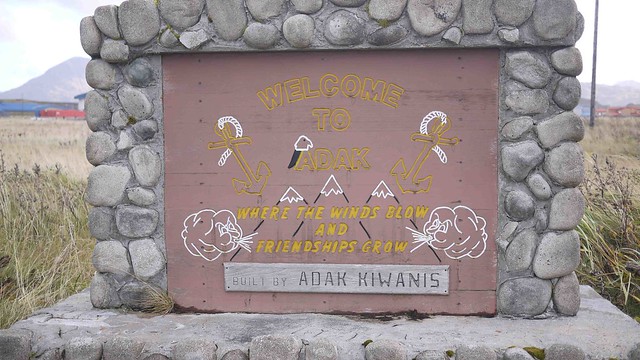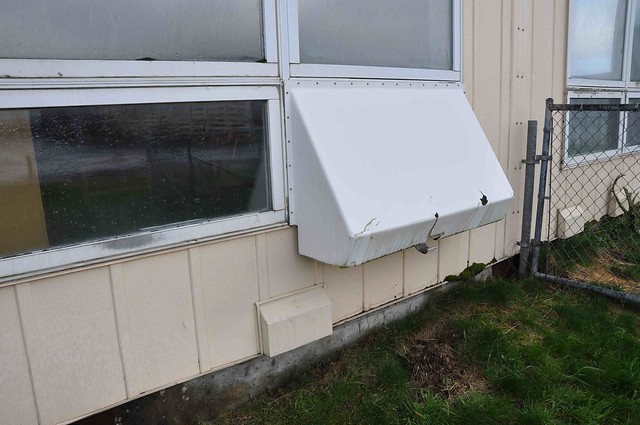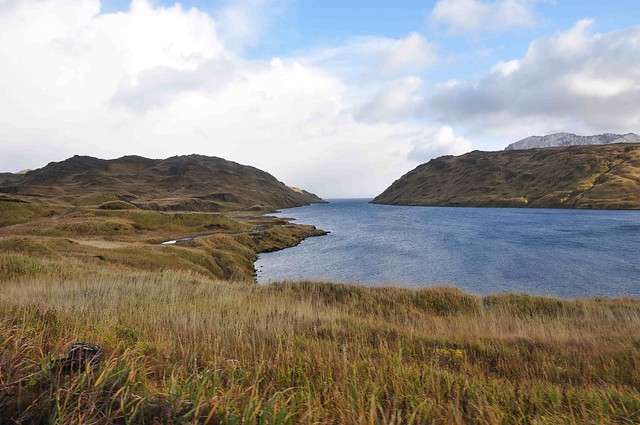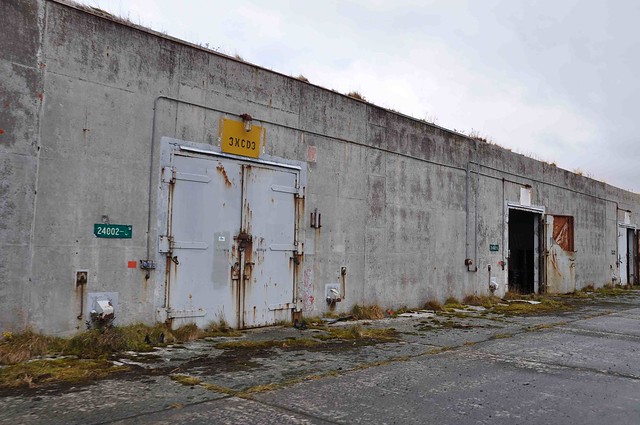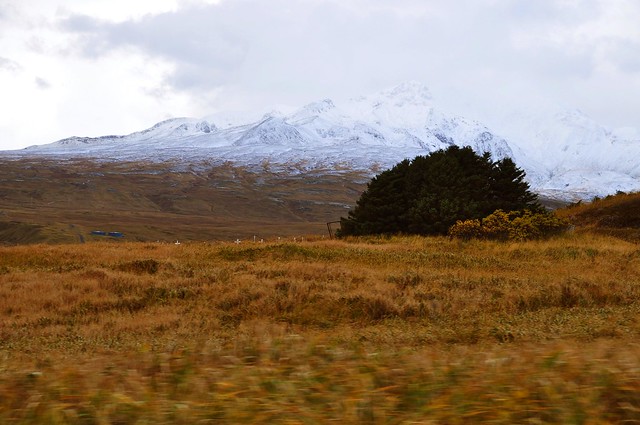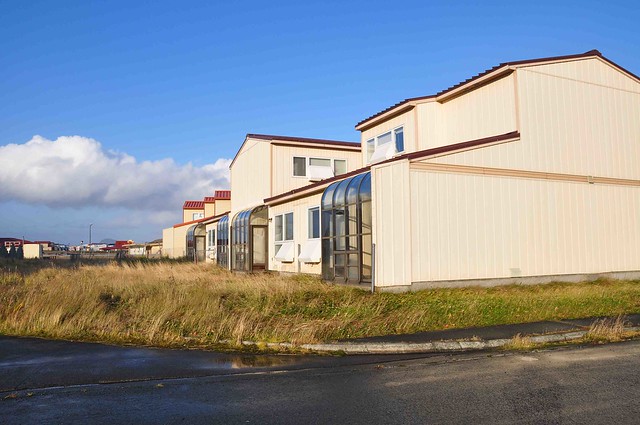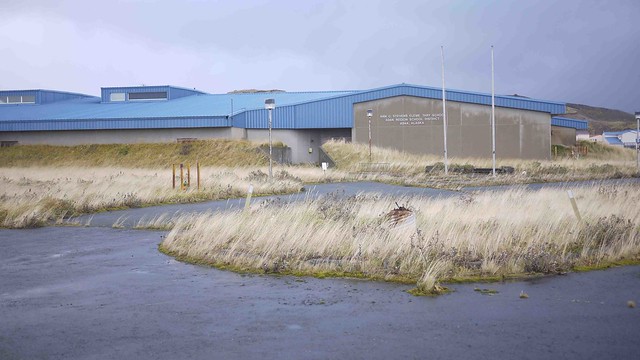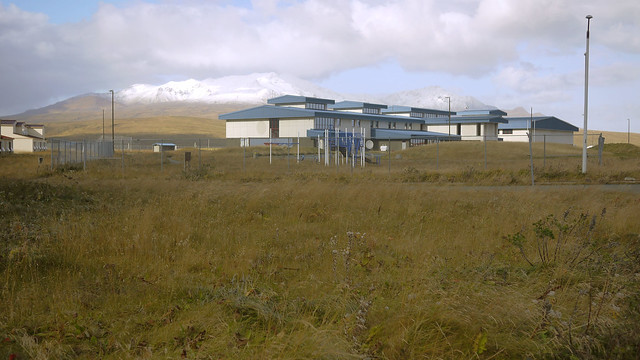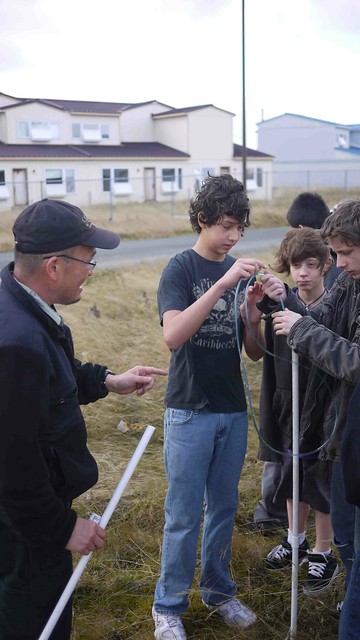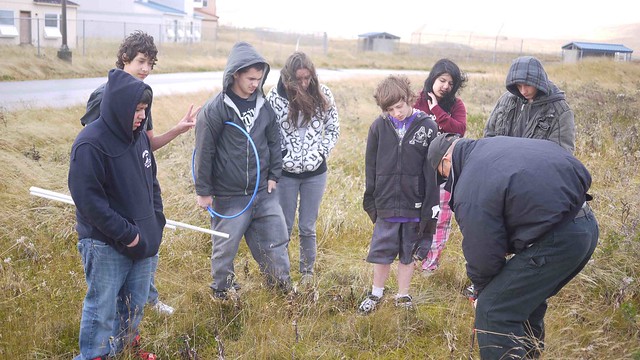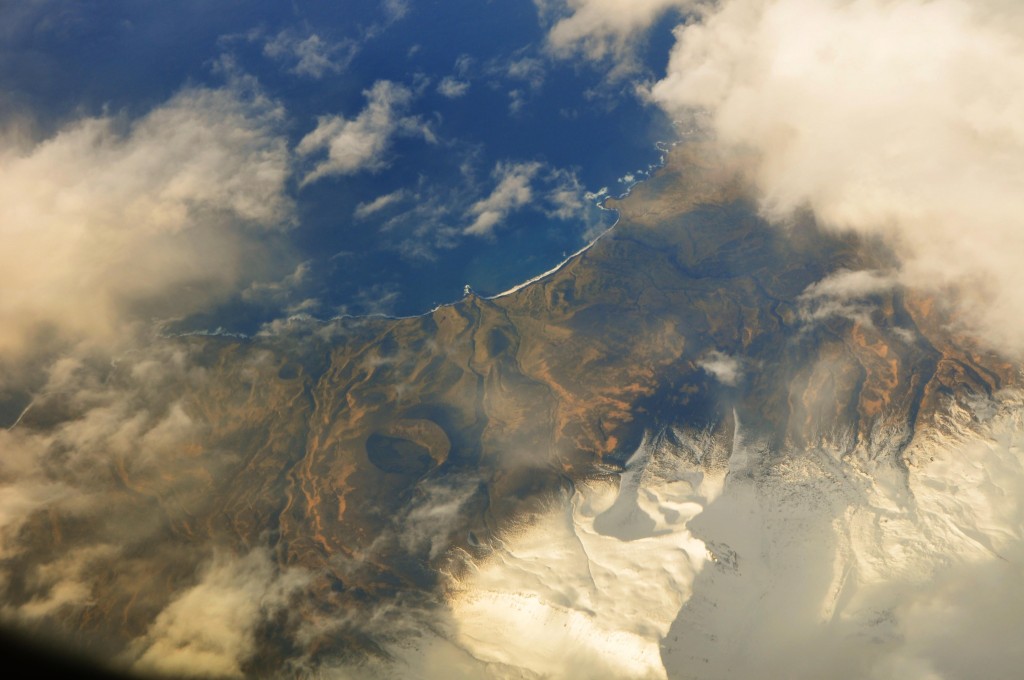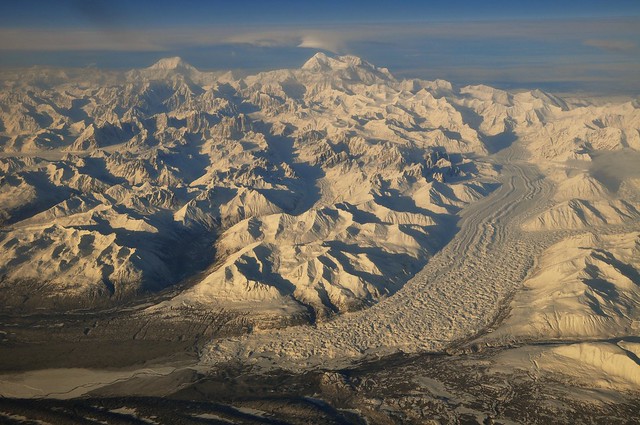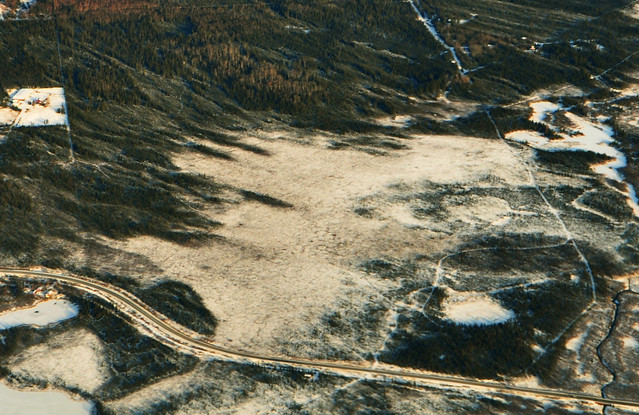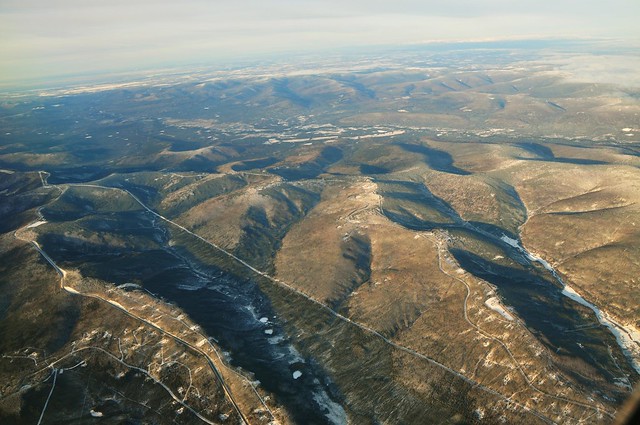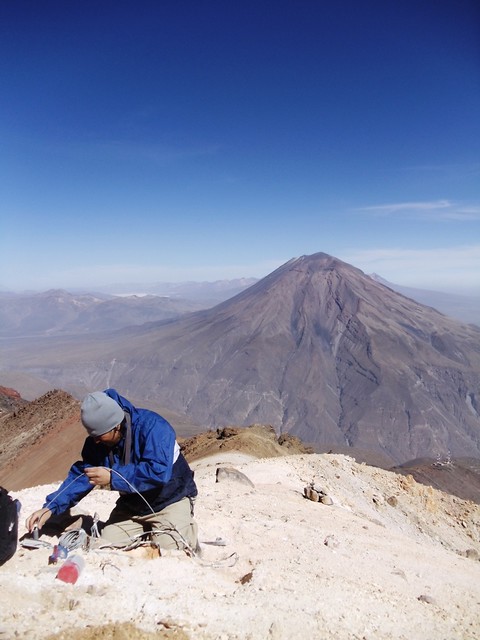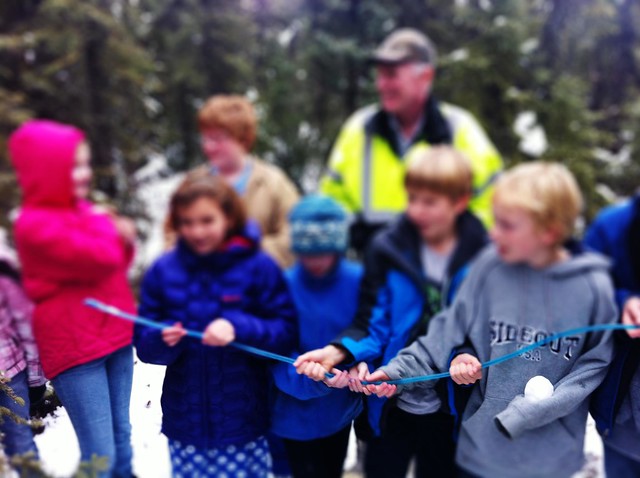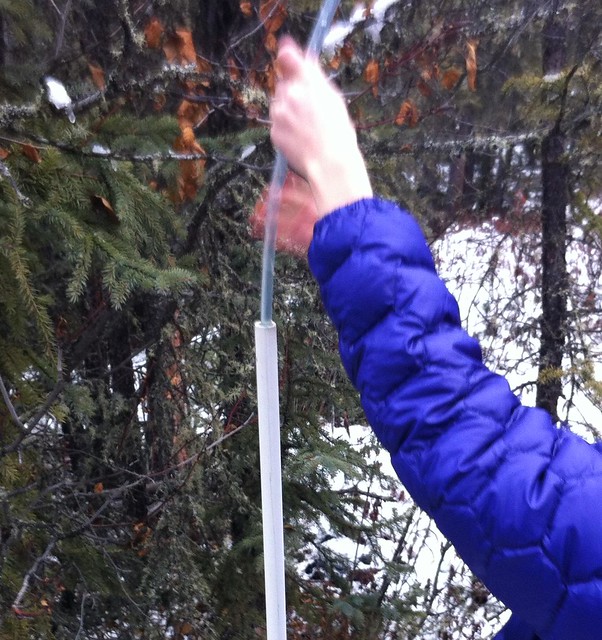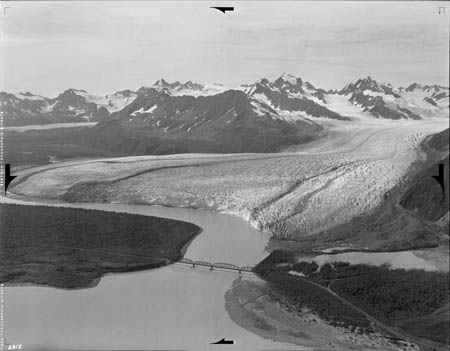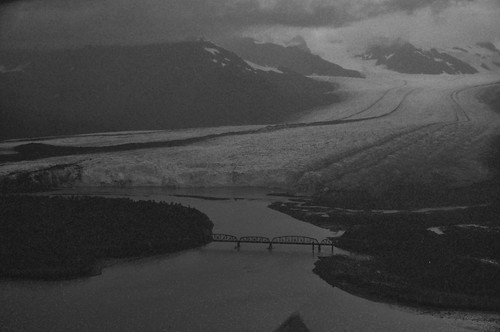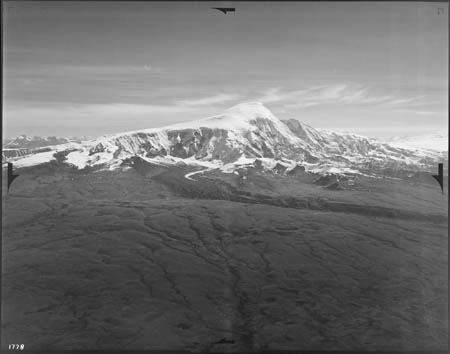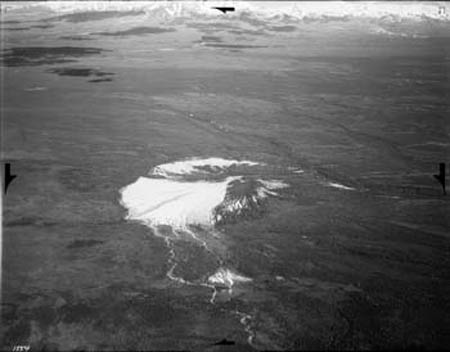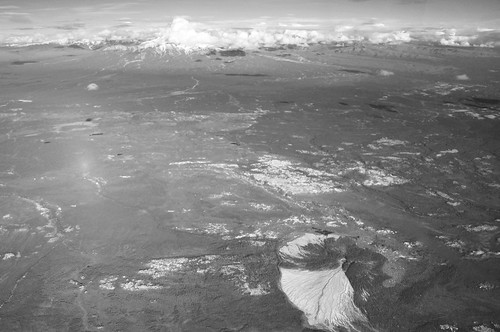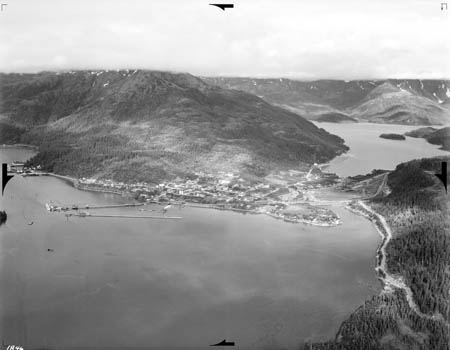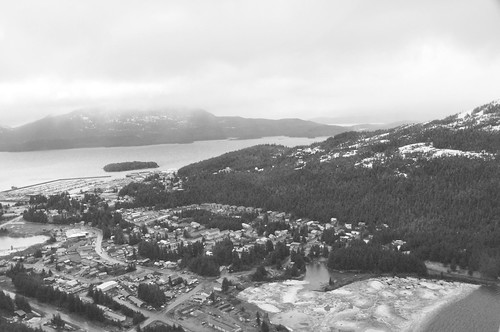I am going to visit Adak school tomorrow! This will be the half way to Japan! Adak is very extreme place in Alaska, or US. It is the westernmost municipality in the United States and the southernmost city in Alaska where had colorful history (see below). I will report the town shortly!
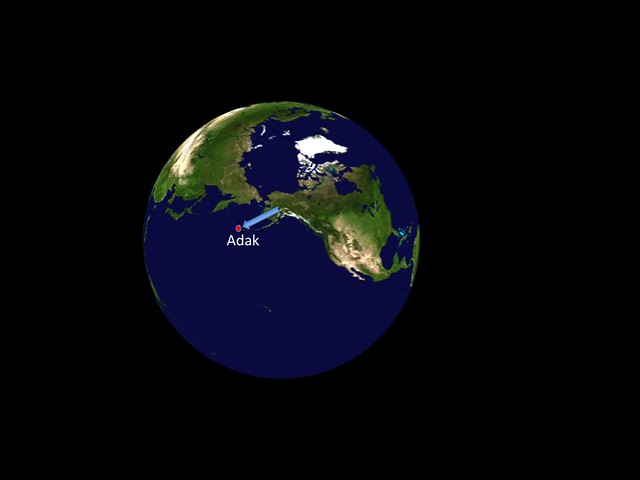
The Aleutian Islands were historically occupied by the Unanga, more commonly known now as the Aleuts. The once heavily-populated island was eventually abandoned in the early 19th century as the Aleutian Island hunters followed the Russian fur trade eastward, and famine set in on the Andreanof Island group. However, they continued to actively hunt and fish around the island over the years, until World War II broke out. Adak Army installations allowed U.S. forces to mount a successful offensive against the Japanese-held islands of Kiska and Attu. After the war, Adak was developed as a naval air station, playing an important role during the Cold War as a submarine surveillance center. Large earthquakes rocked the island in 1957, 1964 and 1977.
At its peak, the station housed over 6,000 naval and Coast Guard personnel and their families. In 1994, the base was downsized, and both family housing and schools were closed. The station officially closed on March 31, 1997. The Aleut Corporation purchased Adak’s facilities under a land transfer agreement with the Department of the Interior and the U.S. Navy/Department of Defense. This agreement was finalized in March, 2004. About 30 families with children relocated to Adak in September 1998, most of them Aleut Corp. shareholders, and the former high school was reopened at that time as a K-12 institution. The community incorporated as a second-class city in April 2001. Substantially all of the infrastructure and facilities on Adak are owned by Aleut Corporation, who is currently developing Adak as a commercial center via their subsidiary companies. For example, properties in active use are leased by Adak Commercial Properties, LLC.
Since World War II, the U.S. Navy and Coast Guard developed facilities and recreation opportunities at Adak. At its peak, Adak had a college, a McDonalds restaurant, movie theater, roller skating rink, swimming pool, ski lodge, bowling alleys, skeet range, auto hobby shop, photo lab, and racquetball and tennis courts. A new $18-million hospital was built in 1990, just seven years prior to the closure of the station. By March 2003, six years after the closure of the station, most of these facilities had closed. For a time, Adak became a virtual ghost town, with its buildings showing little sign of wear or disuse. In recent years, preventing trespassing in and vandalism of the unoccupied facilities has become an ongoing struggle for the Aleut Corp. The harsh Aleutian wind and weather has also played a part, all but destroying the majority of facilities remaining on Adak that are not in active use. (from Wikipedia)

